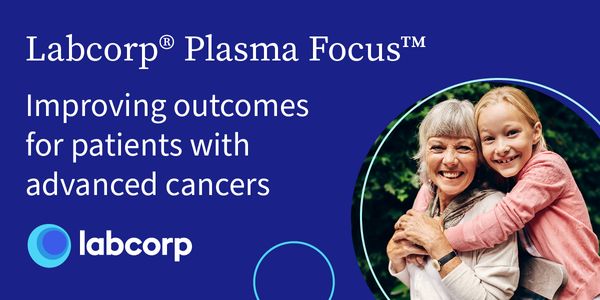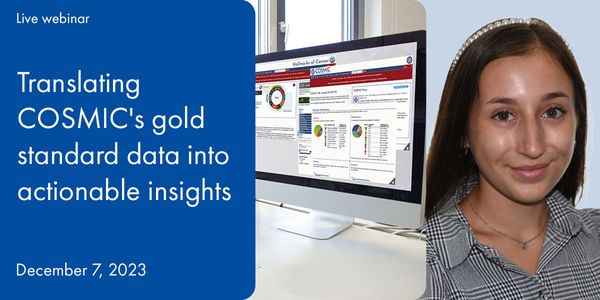Combined Clinical Use of "OMICS"
-
Peter Lajos Nagy, MD, PhD
Chief Medical Officer, Laboratory Director, Praxis GenomicsBIOGRAPHY
Genomics, epigenomics and transcriptomics are often thought of as independent fields, but in our clinical practice we use them combined to increase diagnostic yield both for constitutional and somatic applications.
Genomics relies on short and long read sequencing and karyotyping/optical genome mapping. Epigenomics relies on long read methylation sequencing technology. Transcriptomics currently mainly relies on short read sequencing, but long read sequencing is soon to become more widely used.
Genomic findings, such as small variants, repeat expansions, microsatellite contractions and structural variants/ copy number variants, often need functional assessment to be reportable as likely pathogenic or pathogenic. Epigenomic findings of imprinting defects, preferential allele specific silencing or X chromosome silencing can provide additional indication about the clinical significance of the genomic changes. Transcriptomics further enhances our ability to assign pathogenic significance to variants based on the way they affect transcription levels of the genes affected or their splicing and processing.
As demonstrated through some clinical examples, the best results from this combined usage paradigm are obtained when data analysis is truly integrated and the different datasets are reviewed and analyzed at the same time by the same person.
Combined clinical application of OMICS has in our experience increased the level of certainty of clinical diagnoses and saved clinicians time. Continued consultation with clinical colleagues is important to help them understand when and how to use the OMICS tools available to them.
Learning Objectives:
1. Review the technical basis of the different OMICS approaches.
2. Discuss the best approaches to use them in combination to solve difficult cases.
3. Summarize some clinical examples that benefitted from their use.
Please update your information
Certificate of Attendance
DOWNLOAD CERTIFICATE
Finish Registering
-
MAY 17, 2024The Thomas Experts Series & The Thomas Center Labs
-
MAY 23, 2024For the Love of Digital PCR 2024
-
JUN 06, 2024The Future of Scientific Conferencing
-
JUN 18, 2024The Power of Comprehensive Genomic Profiling Testing
- See More
-
MAY 17, 2024
- See More














































